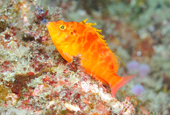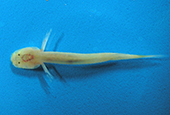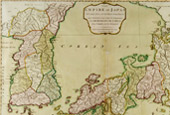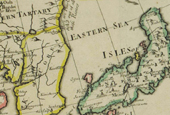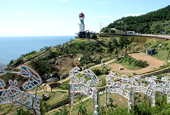- 한국어
- English
- 日本語
- 中文
- العربية
- Español
- Français
- Deutsch
- Pусский
- Tiếng Việt
- Indonesian
Of the three bodies of water that surround the Korean Peninsula, the deepest and bluest of them all is the East Sea, pronounced Donghae in Korean. Images that jump to mind when thinking about the east coast are white sandy beaches, sturdy dark green pine trees lining the beach, preventing sand from moving inward, and the high peaks and valleys of the Taebaeksanmaek mountain range. Compared to the West (Yellow) and South Seas, the East Sea has a much simpler shoreline, consisting of rocky outcroppings and steep sandy beaches, both wide and narrow.
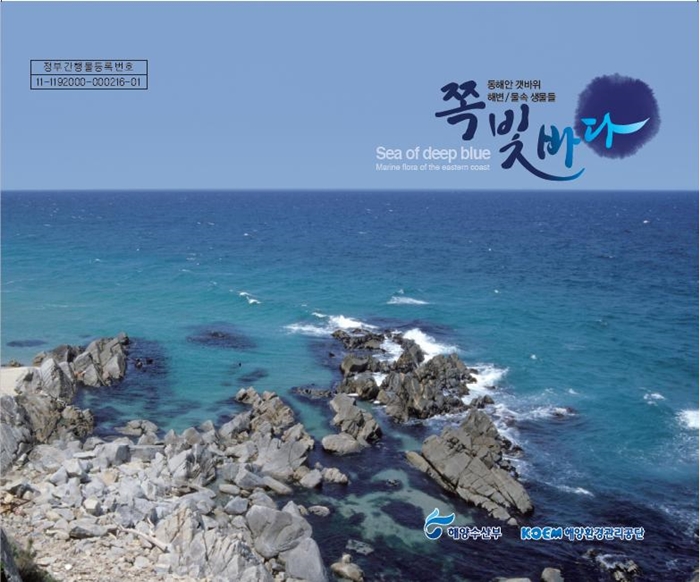
Sea of Deep Blue -- Marine Flora of the Eastern Coast, published by the Ministry of Oceans and Fisheries
Beaches of the East Sea and researchers conducting underwater surveys, as seen in a recent book.
Identifying marine life living along the east coast has now become easier through a recent publication by the Ministry of Oceans and Fisheries. It published the coffee table book, “Sea of Deep Blue -- Marine Flora of the Eastern Coast.” Also available as an e-book, more people will now have access to information and to images of the East Sea.
The e-book shows many species of marine life, like seaweed, algae and invertebrates living on the rocky shore and submerged rocks along the east coast’s northern half, spanning Goseong-gun County, in Gangwon-do (Gangwon Province), to Uljin in Gyeongsangbuk-do (North Gyeongsang Province).
Various kinds of marine plants are shown in the new book.
The e-book is the sixth volume containing the results of ongoing marine environment and species surveys that began in 2006. Preceding volumes contained information about life and islands of the Yellow and South Sea.
Various kinds of marine invertebrates are shown in the book.
The book on east coast marine life will be made available at the “e-book library” at www.ecosea.go.kr later this week. An official from the Ministry of Oceans and Fisheries expressed his hopes that this publication would be an opportunity to help retain a healthy marine ecosystem and that it would shed light on lesser known forms of marine life. He added that there are future plans in store to help the general public be more easily informed about the results of the marine environment surveys.
By Paik Hyun
Korea.net Staff Writer
*E-book courtesy of the Ministry of Oceans and Fisheries
cathy@korea.kr
